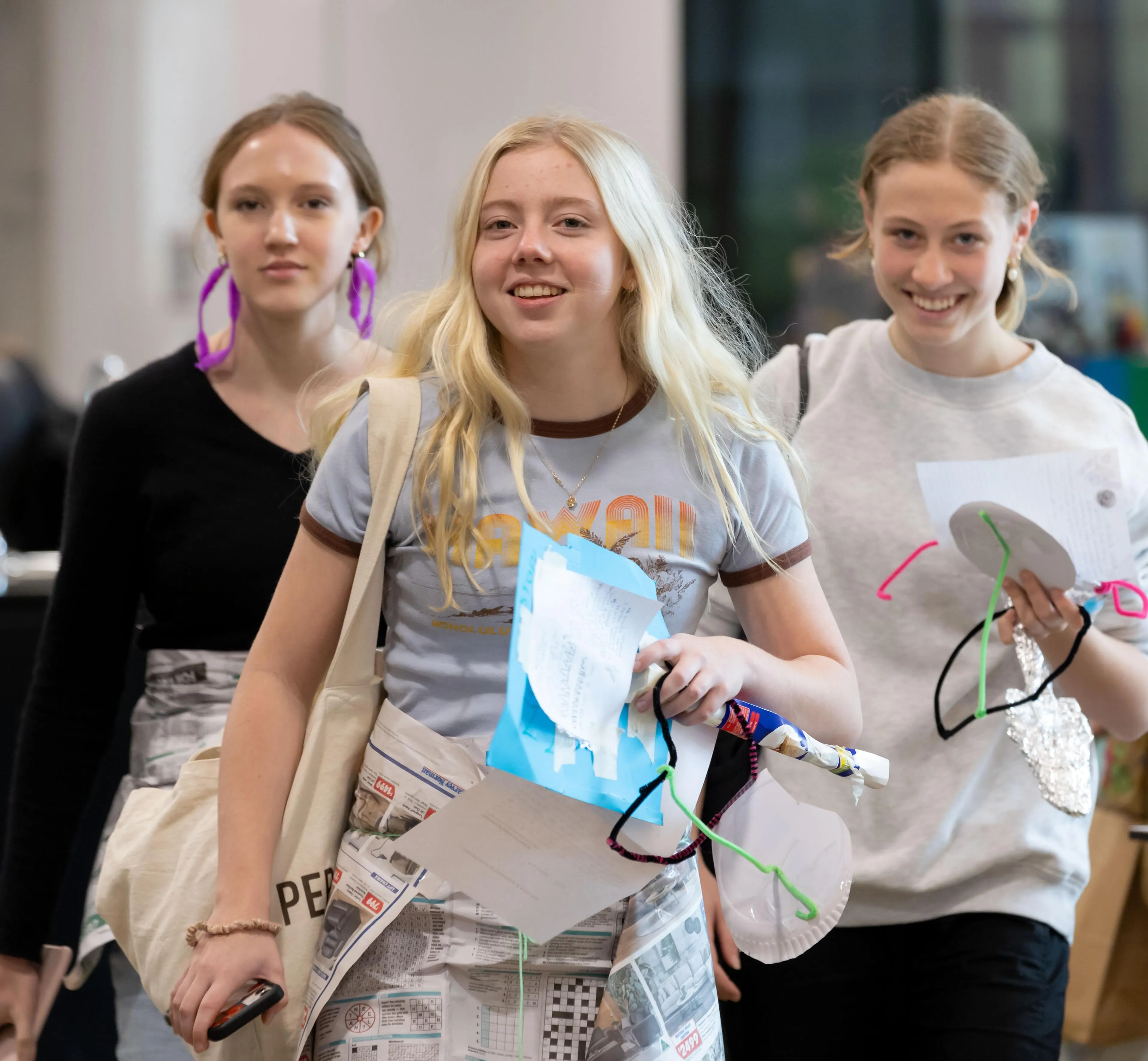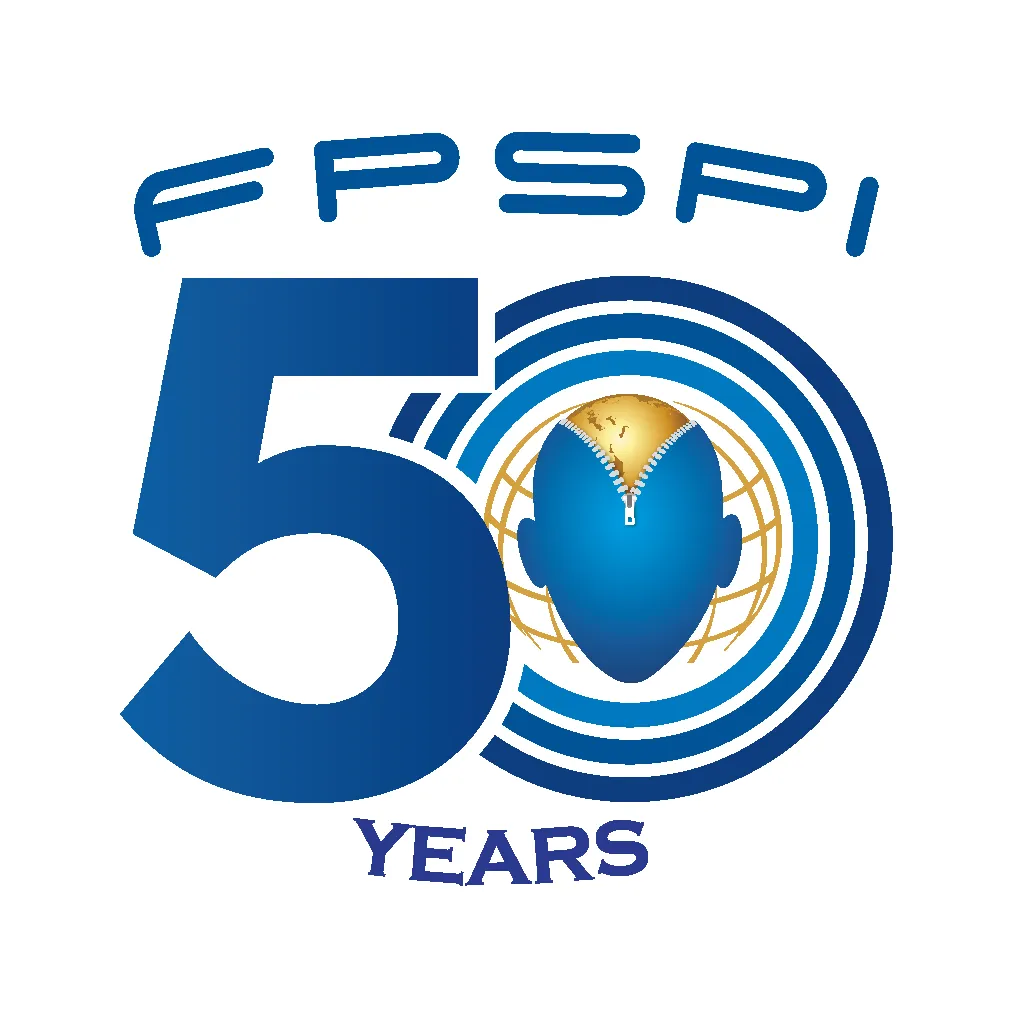
WELCOME TO THE FUTURE PROBLEM SOLVING PROGRAM
An International Program
FPS is an international educational program for students of all ages, focusing on the development of critical, creative and futuristic thinking skills. It is one of the few academic competitions in Australia that enables students to compete internationally.
The program challenges students to apply their minds to some of the significant issues facing the world of today and the future, equipping them with the vision, skills and tools to design and promote positive futures for the society in which they live.
Developed in 1974 by creativity pioneer Dr. E. Paul Torrance, Future Problem Solving (FPS) provides competitive and non-competitive programs for today’s curriculum via a six-step model. Today, it is estimated that more than 250,000 young people internationally participate each year in the Future Problem Solving Program.
Long Lasting Benefits
- helps young people to learn how to think, not what to think
- challenges young people to use their imagination in applying research and advanced thinking strategies to the resolution of issues
- offers flexible, cross-disciplinary curriculum activities available to students at all levels of primary and secondary school. It is directly relevant to the Australian Curriculum across all learning areas and General Capabilities (especially critical and creative thinking)
- offers a variety of year-long learning options founded in inquiry learning that can be configured to meet the individual needs of schools and students in all parts of Australia. All of these alternatives encourage creativity amidst teamwork, systematic and critical thought, and the development of a lateral outlook on real-world situations at local, regional and global scales.
- is relevant to motivated young people of all abilities and backgrounds, including the gifted
- is a proven program in developing the attributes of leadership and social responsibility within young people
The six step thinking process
- The process used by students in the learning options within the program is an adaptation of the process developed by Alex Osborn and Sidney Parnes.
- brainstorm challenges and problems related to the topic;
- identify an underlying problem;
- brainstorm solution ideas to the underlying problem;
- develop criteria by which to evaluate the solution ideas;
- apply the criteria the solutions to determine the best solution;
- and then use the best solution to devise a plan of action to resolve the underlying problem.

Future Problem Solving Australia acknowledges the traditional owners of this land. We recognise their continuing connection to land, waters and community. We pay our respects to Elders past and present.

